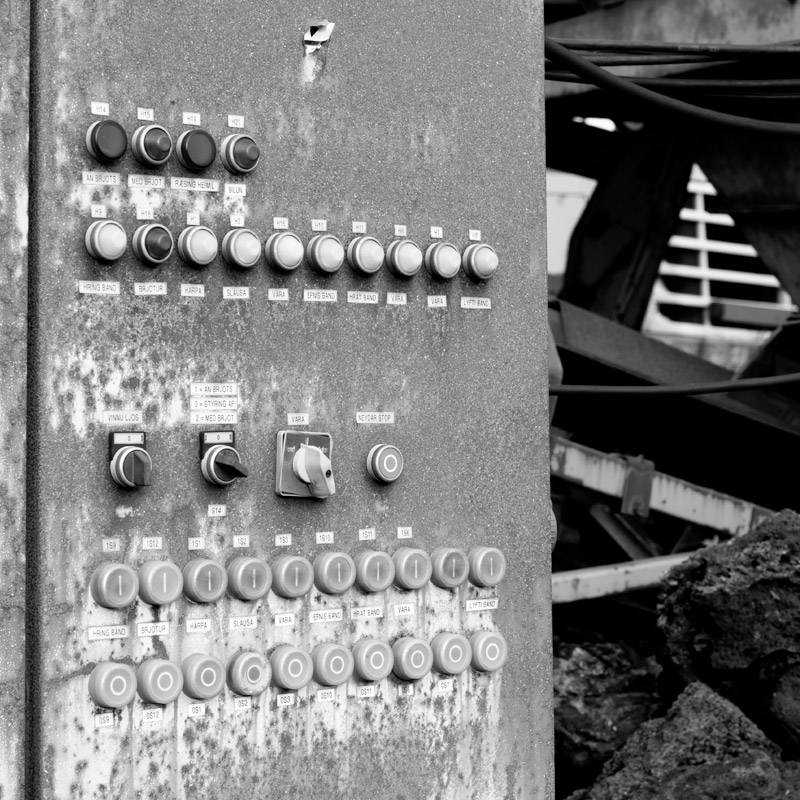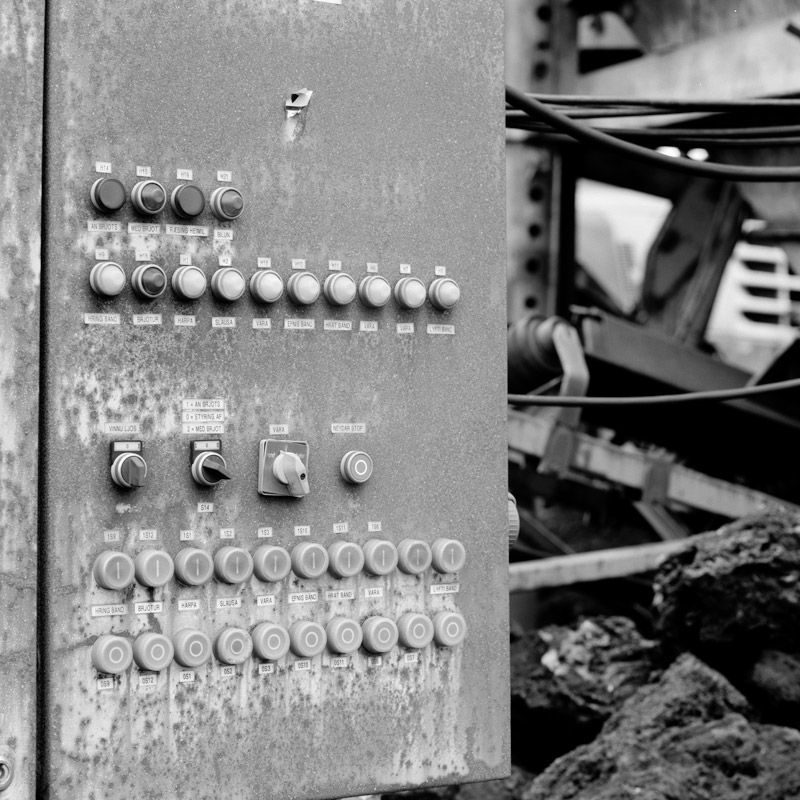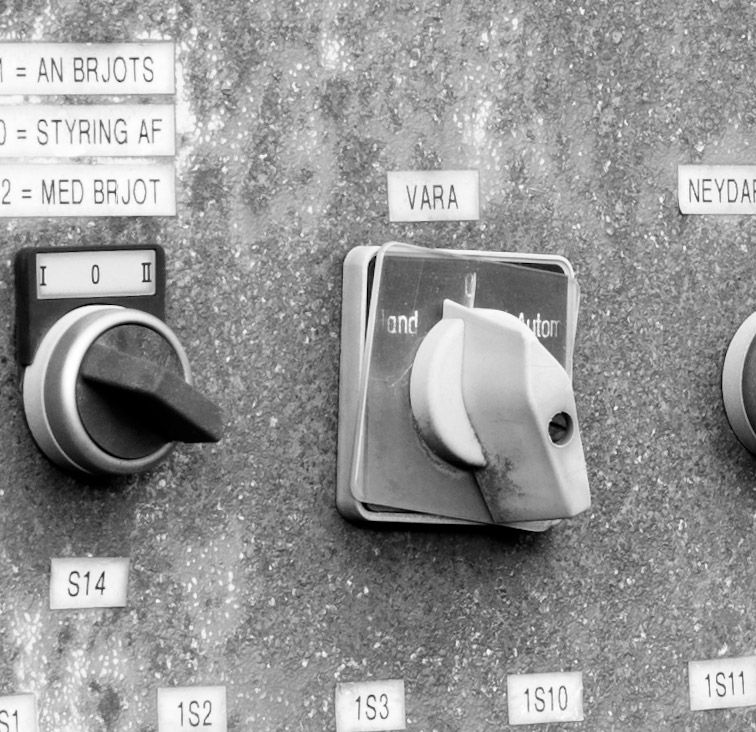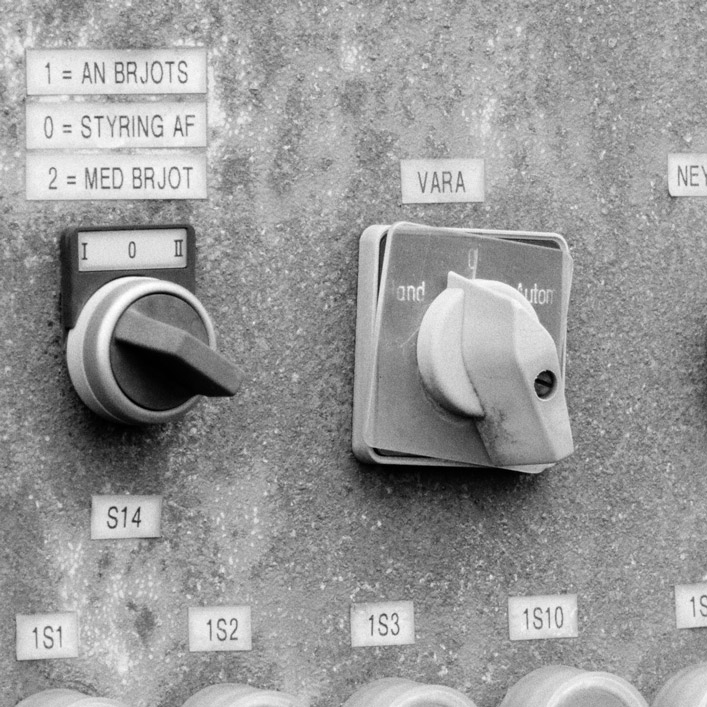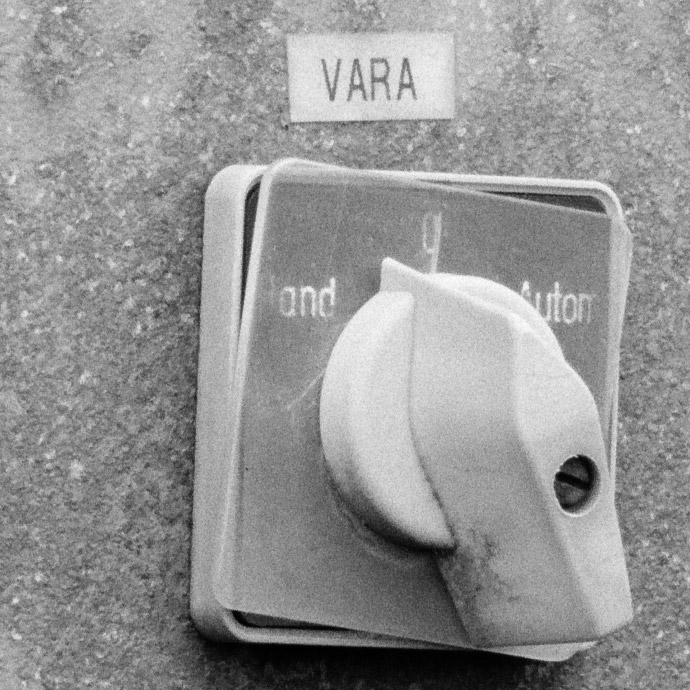Stuart Richardson
Active member
I was out the other day comparing some 150mm lenses for my 6x6 cameras, and I figured I would set the M9 on the tripod and see how it did. When adjusting the contrast and curves to match and applying basic sharpening to all three, I find them to be very comparable. I love the look of film, so this is not about X is better than Y, but I found it to be wonderful how close they came. The framing is not exactly the same since I shot the 6x6 and then went back and did the M9...the M9 is a little closer, which I guess benefits it.
So, without further ado, here are the shots. Again, this was really informal and meant more for my curiosity rather than for any decisive judgements. I shoot film and digital side by side and appreciate the advantages of both.
Hasselblad 150mm f/2.8 FE at f/4:
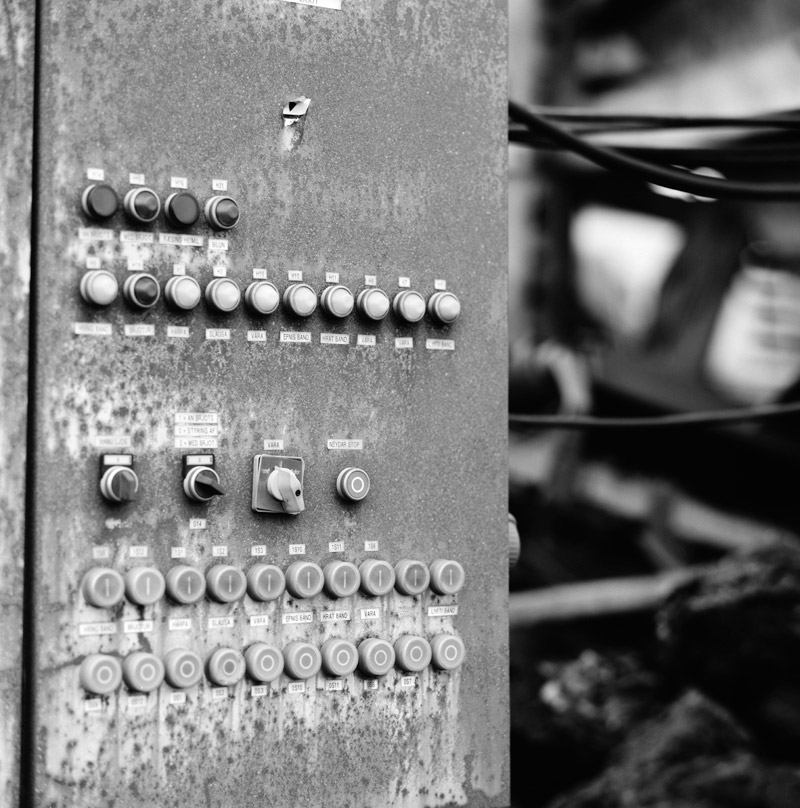
Schneider 150mm Tele-Xenar f/4 at f/4:
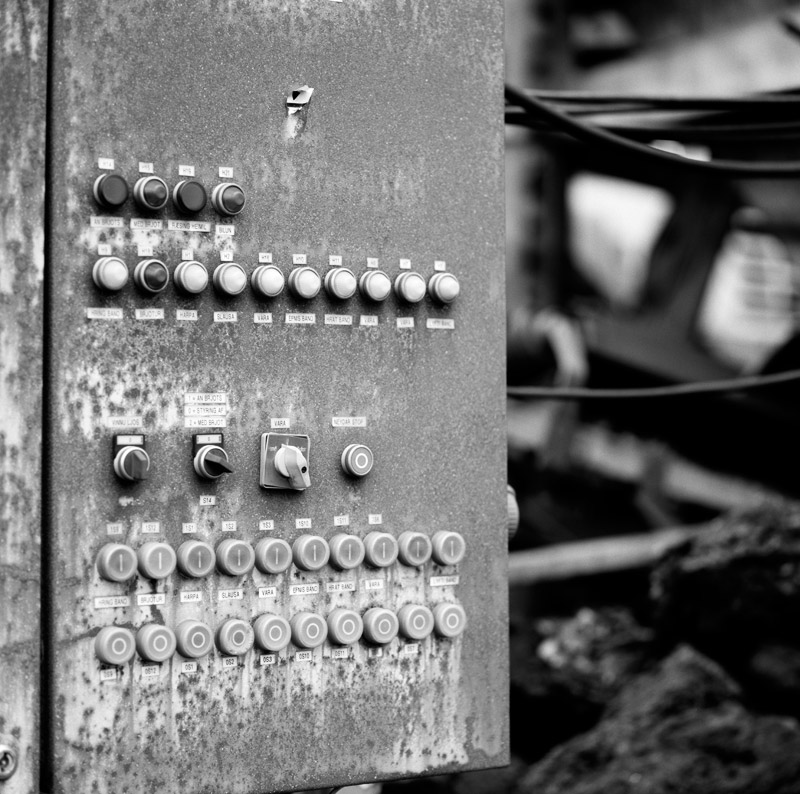
Leica M9 with 75mm f/2 Summicron at f/2
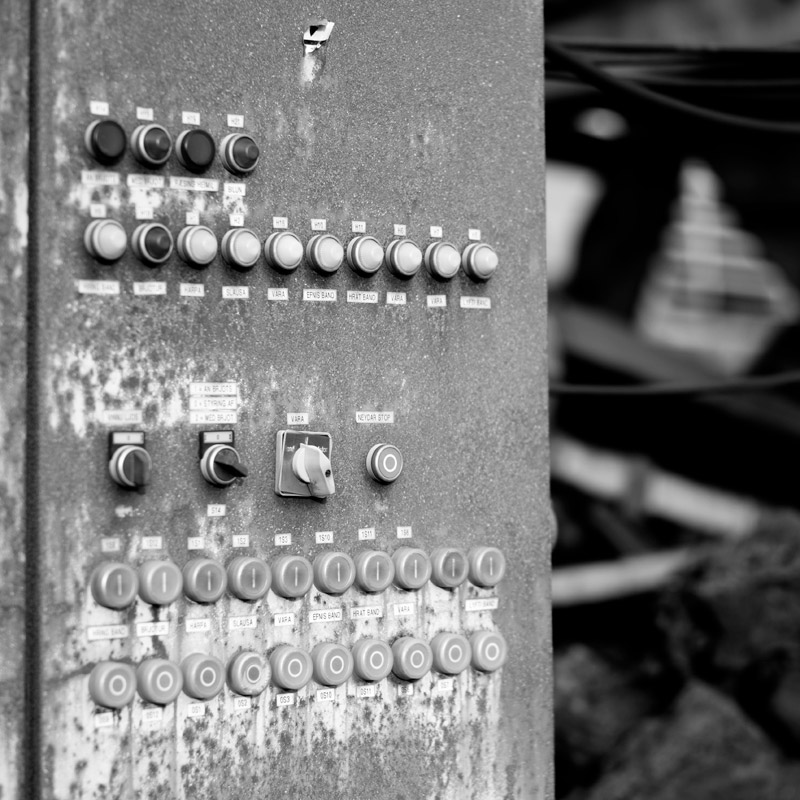
And here are some crops -- I did the medium format at 50% to give a similar file size, but will include the 100% later.
Hassie:
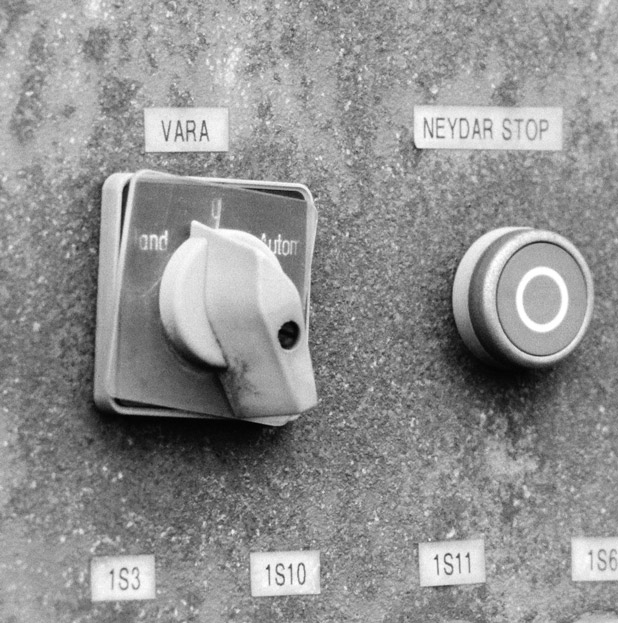
Rollei:
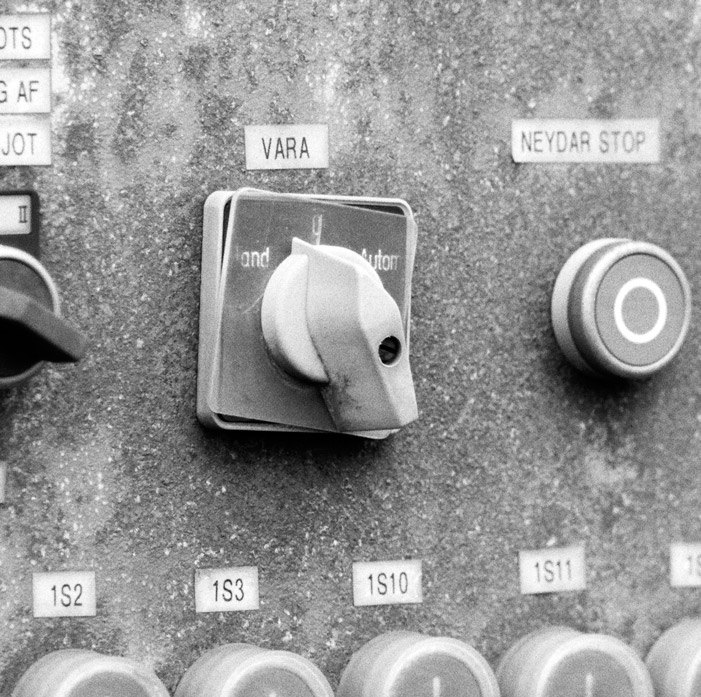
Leica:
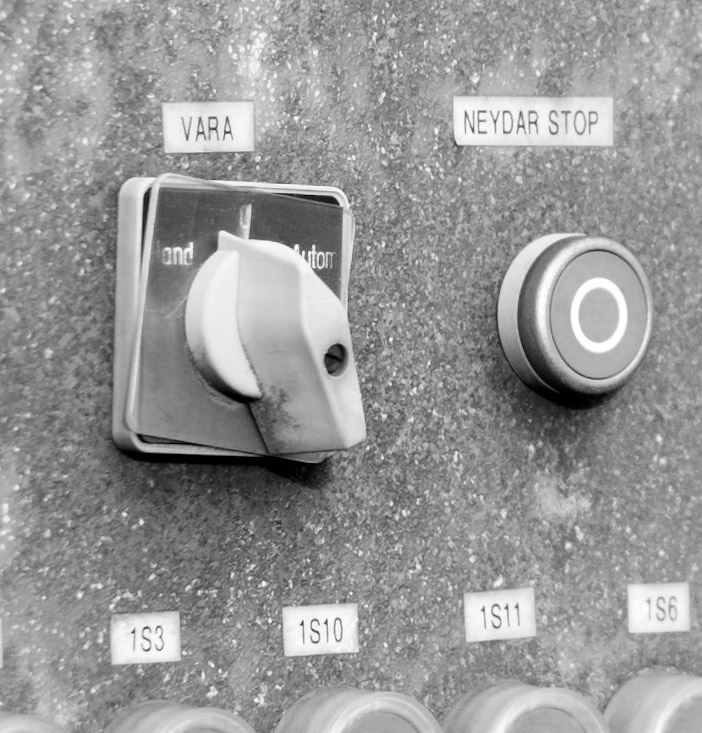
Hassie at 100%:
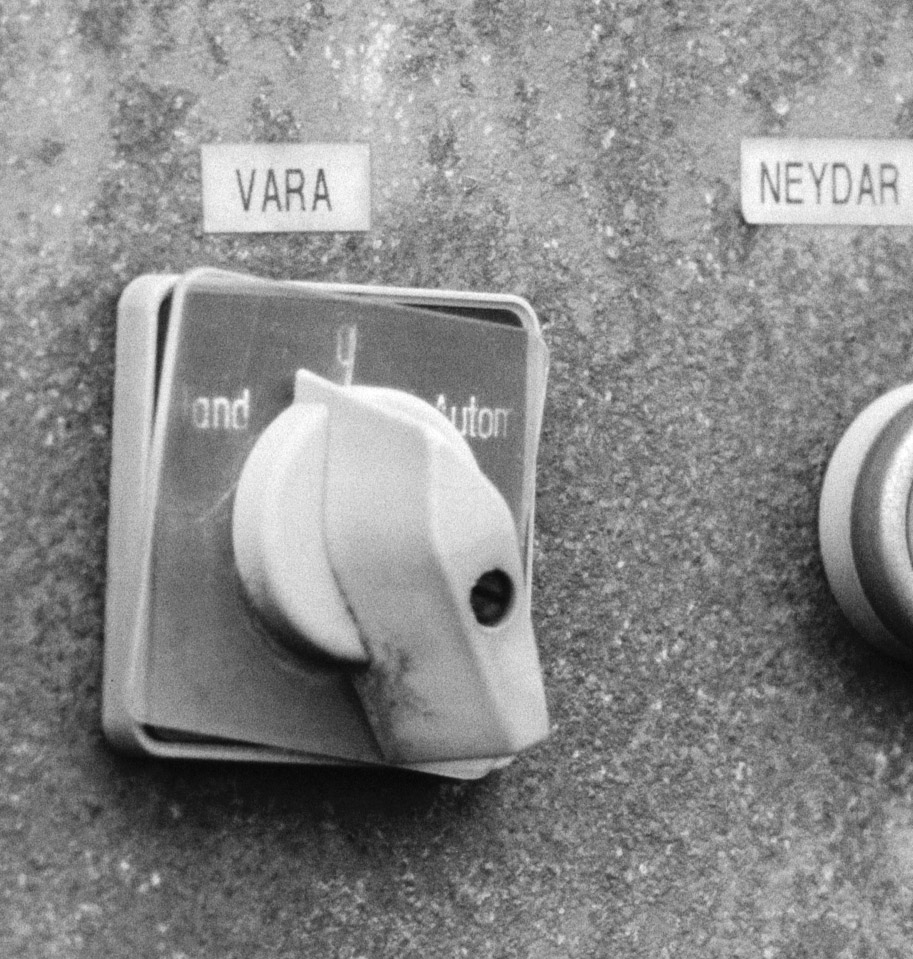
Rollei at 100%
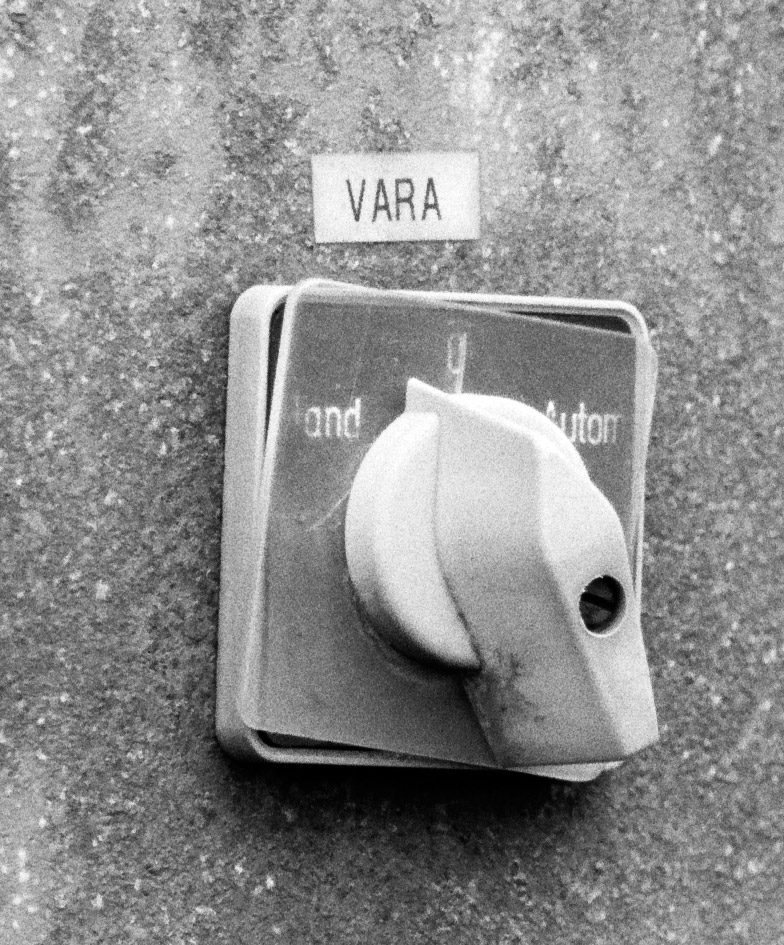
They were all shot on a tripod with mirror lockup and self-timer (except the rollei...I just used mirror lockup. The film was Fuji Acros developed in DD-X. Scanner was a Hasselblad X5, sharpening for all in lightroom with lots of masking and low radius. I also tested the Mamiya 150/4.5, but the focus was a bit off in this close test. It is as sharp as the Tele-Xenar though, and it was the sharpest lens in the longer distance test. Keep in mind that none of these lenses are at their best apertures for this test...the Tele-Xenar and Summicron were wide open, and the 150/2.8 was one stop down (though it is a very fast lens for medium format and will do best at f/5.6-f/11.
Anyway, maybe you guys find this interesting!
So, without further ado, here are the shots. Again, this was really informal and meant more for my curiosity rather than for any decisive judgements. I shoot film and digital side by side and appreciate the advantages of both.
Hasselblad 150mm f/2.8 FE at f/4:

Schneider 150mm Tele-Xenar f/4 at f/4:

Leica M9 with 75mm f/2 Summicron at f/2

And here are some crops -- I did the medium format at 50% to give a similar file size, but will include the 100% later.
Hassie:

Rollei:

Leica:

Hassie at 100%:

Rollei at 100%

They were all shot on a tripod with mirror lockup and self-timer (except the rollei...I just used mirror lockup. The film was Fuji Acros developed in DD-X. Scanner was a Hasselblad X5, sharpening for all in lightroom with lots of masking and low radius. I also tested the Mamiya 150/4.5, but the focus was a bit off in this close test. It is as sharp as the Tele-Xenar though, and it was the sharpest lens in the longer distance test. Keep in mind that none of these lenses are at their best apertures for this test...the Tele-Xenar and Summicron were wide open, and the 150/2.8 was one stop down (though it is a very fast lens for medium format and will do best at f/5.6-f/11.
Anyway, maybe you guys find this interesting!


